Engine 3423 sits on an isolated track at the Temple Railroad & Heritage Museum. Saturday, May 6, is Train Day, and the museum and adjacent Santa Fe Plaza will come to life with model trains, displays, games and Speeder cars! David Stone photo
DAVID STONE | OUR TOWN TEMPLE
It’s almost time to celebrate National Train Day, and Temple is the perfect spot for such a celebration. After all, Temple is the city that trains built.
Train Day is Saturday, May 6, and locally the celebration will include family activities, crafts, model train displays and a whole lot more.
The activities begin at 11 a.m. at the Temple Railroad & Heritage Museum and adjacent Santa Fe Plaza.
Guests can expect inside and outside activities including photo opportunities, caricature and balloon artists, face painting, drawings for prize-filled suitcases, and the return of Speeder cars on the tracks behind the museum.
A Speeder car is a small railcar formerly used around the world by track inspectors and work crews to move quickly to and from work railroad work sites. Although slow compared to a train or car, it is called Speeder because it is faster than a human-powered vehicle such as a handcar.
Train Day will also feature vendors and, of course, trains.
Temple’s train yard features vintage steam engines, sleeper cars, dining cars and railroad crossing signals.
Tickets are $6 per person and may be purchased at templeparks.com. Tickets will not be available at the door.
Temple is a perfect place to celebrate trains and their contributions to America. After all, if it weren’t for trains, there wouldn’t be a Temple.
The Gulf, Colorado & Santa Fe Railway Company constructed Temple as a work camp while building a major rail project linking Fort Bend County south of Houston to Fort Worth. The camp quickly grew into a bustling railroad town and was named in honor of Bernard Moore Temple, chief engineer of the expansion project.
National Train Day is an observance marking the completion of the Transcontinental Railroad on May 10, 1869, in Utah Territory, according to Justin Lambrecht, a spokesman for the National Railroad Museum.
A ceremonial 17.6-karat gold final spike was driven to connect the Central Pacific Railroad from Sacramento and the Union Pacific Railroad from Omaha. The original gold spike is on display at Stanford University.


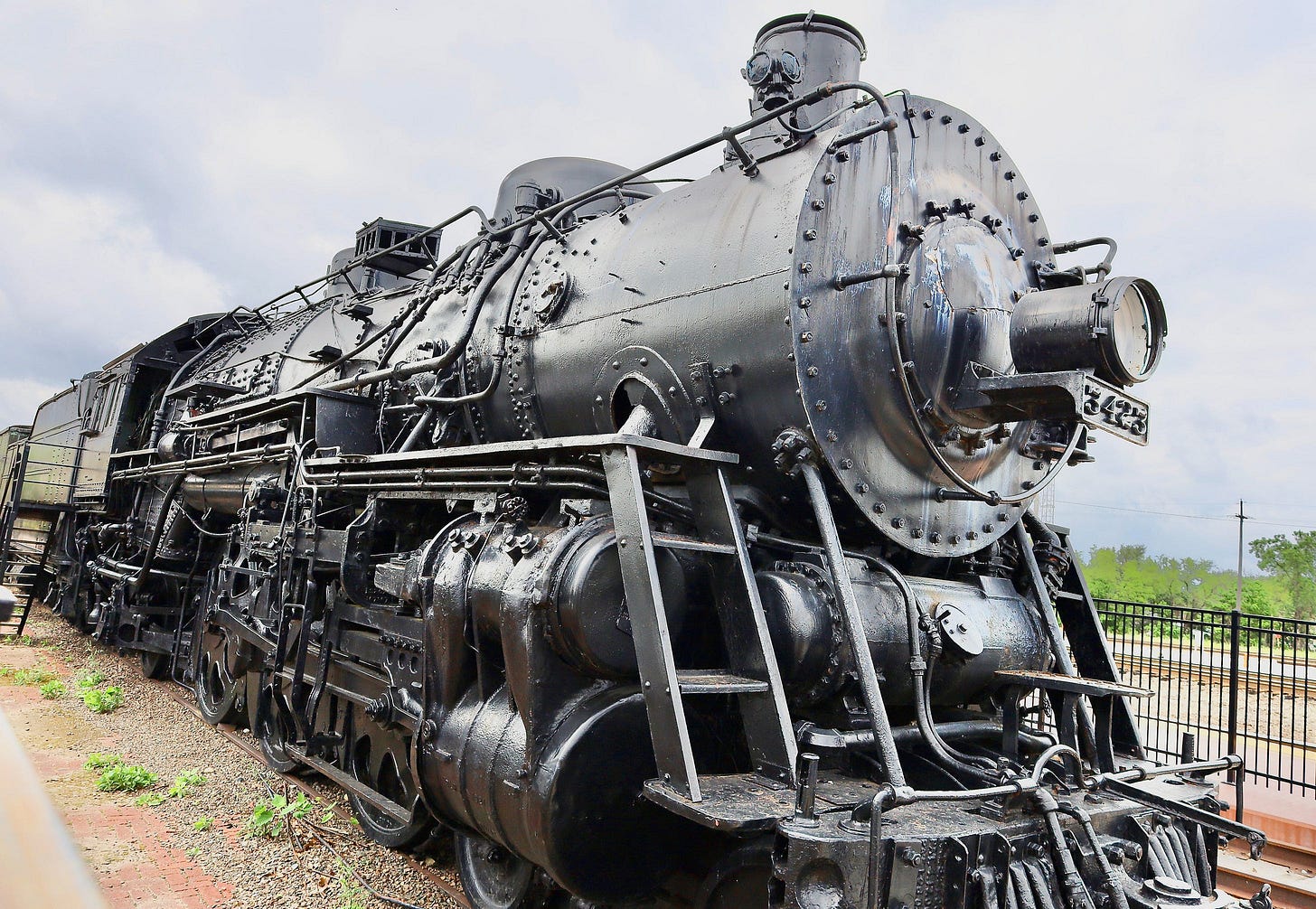
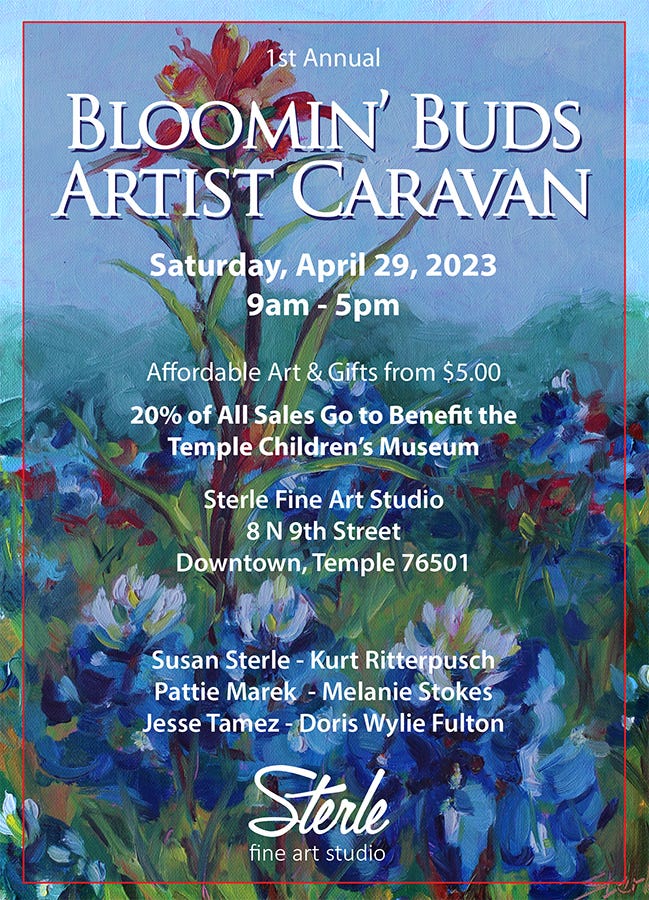
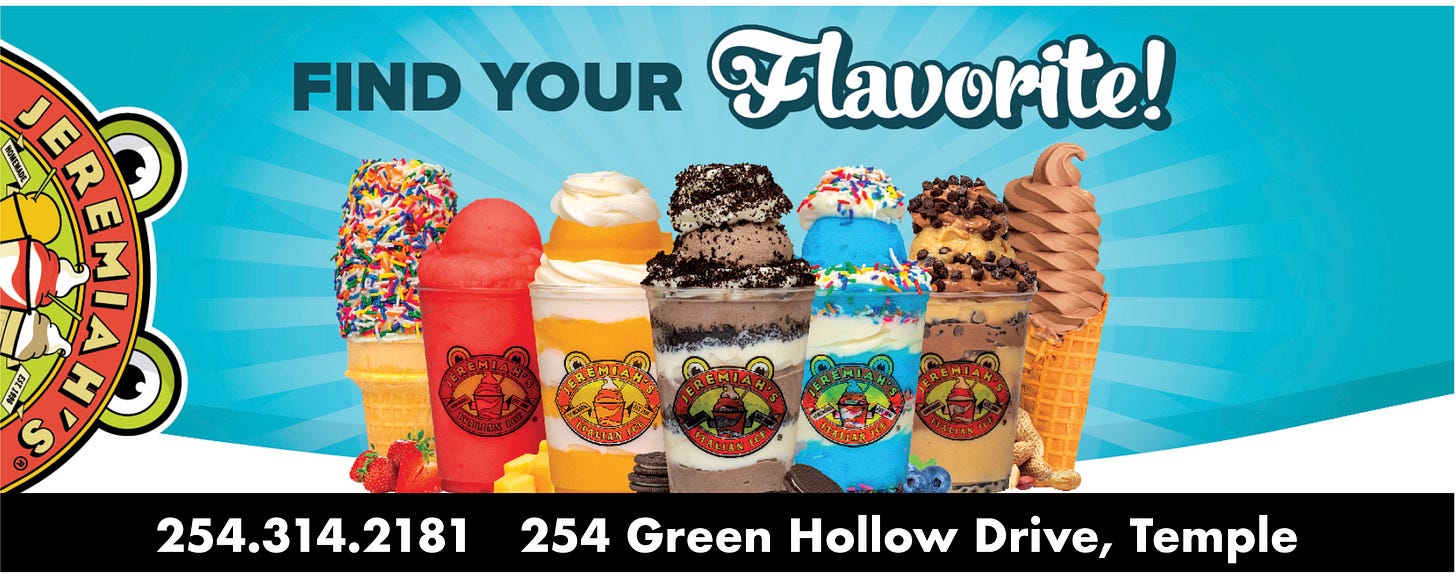
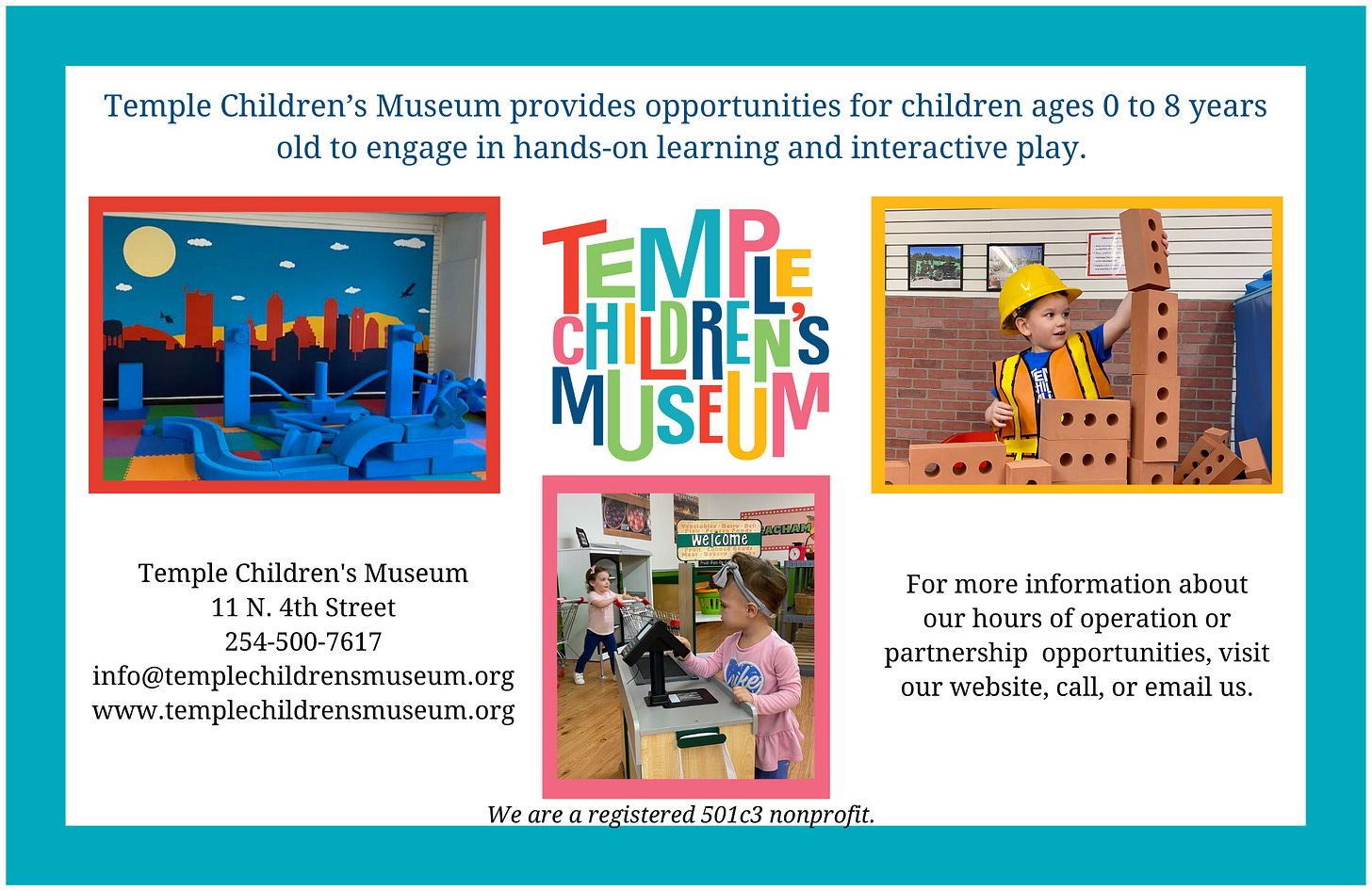

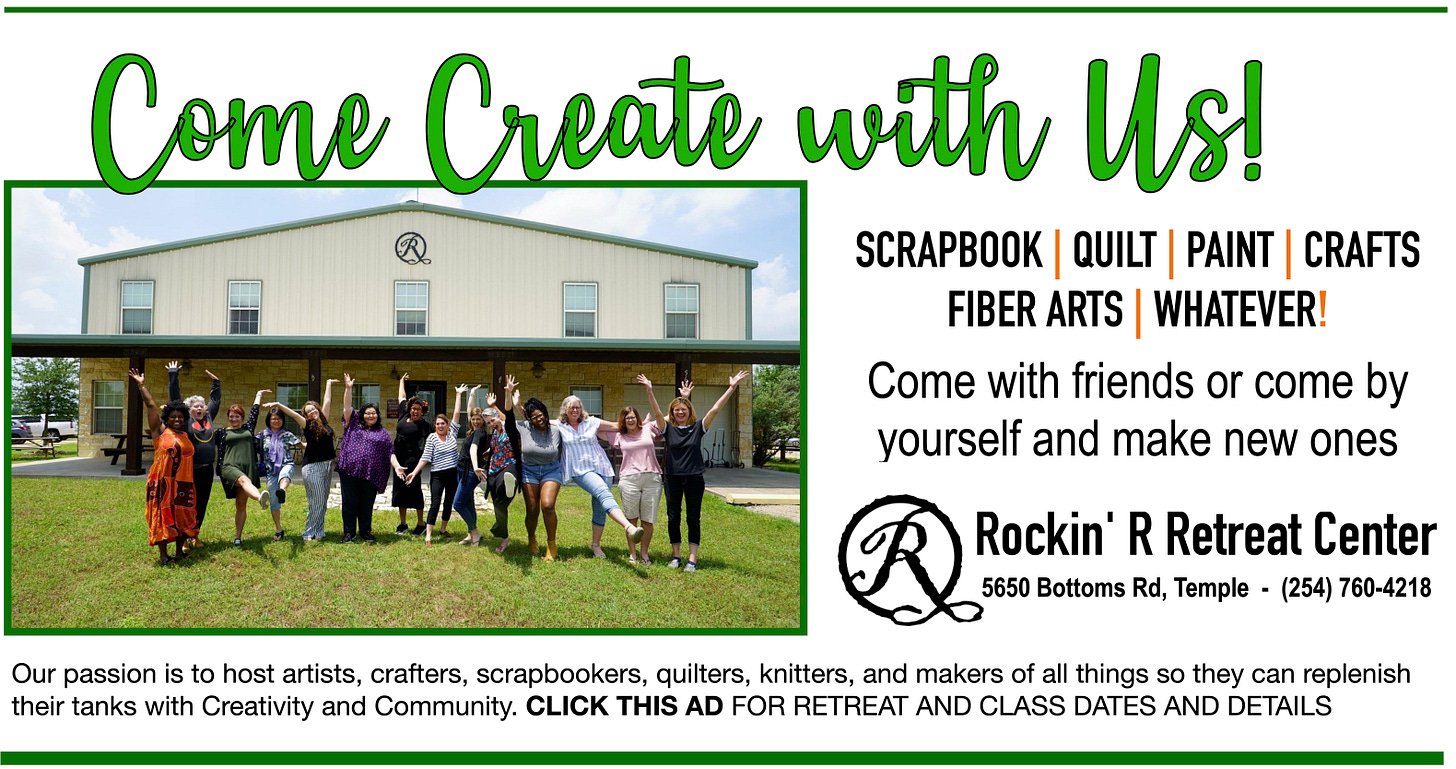

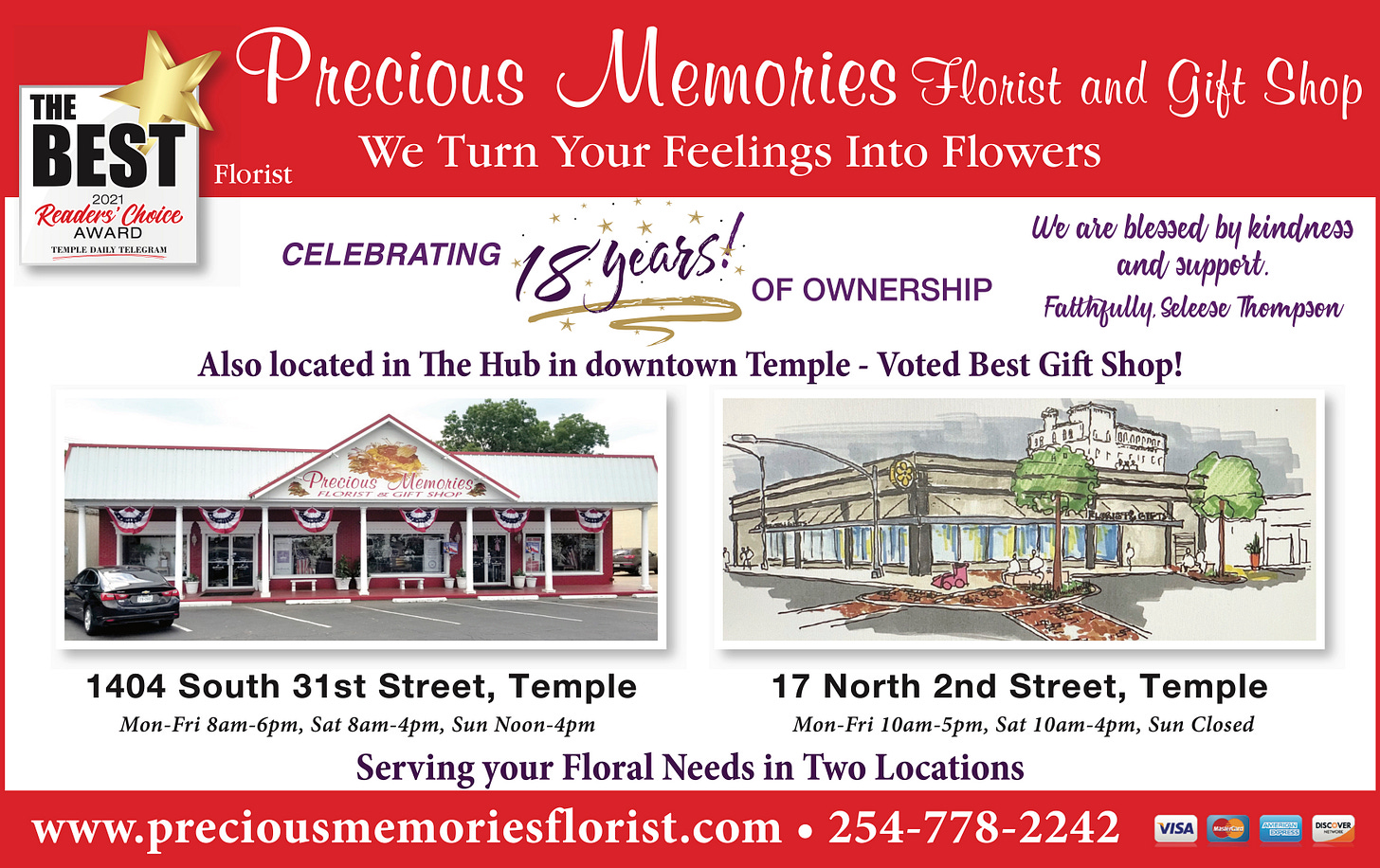


You missed the. Barrel Train activity.